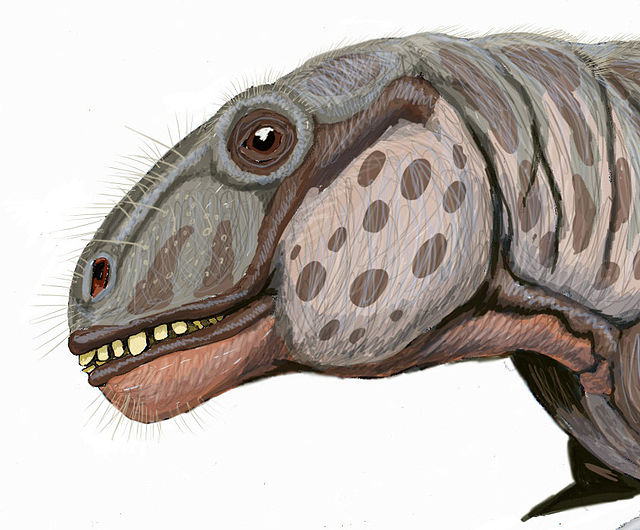Top Qs
Timeline
Chat
Perspective
Anomodontia
Suborder of stem-mammals From Wikipedia, the free encyclopedia
Remove ads
Anomodontia is an extinct group of non-mammalian therapsids from the Permian and Triassic periods.[1] By far the most speciose group are the dicynodonts, a clade of beaked, tusked herbivores.[2] Anomodonts were very diverse during the Middle Permian, including primitive forms like Anomocephalus and Patranomodon and groups like Venyukovioidea and Dromasauria. Dicynodonts became the most successful and abundant of all herbivores in the Late Permian, filling ecological niches ranging from large browsers down to small burrowers. Few dicynodont families survived the Permian–Triassic extinction event, but one lineage (Kannemeyeriiformes) evolved into large, stocky forms that became dominant terrestrial herbivores right until the Late Triassic, when changing conditions caused them to decline, finally going extinct during the Triassic–Jurassic extinction event.




Remove ads
Classification
Taxonomy
Phylogeny
Cladogram modified from Cisneros et al., 2015.[3]
| Anomodontia | |
Cladogram modified from Angielczyk and Kammerer (2017):[4]
Remove ads
See also
References
Wikiwand - on
Seamless Wikipedia browsing. On steroids.
Remove ads

